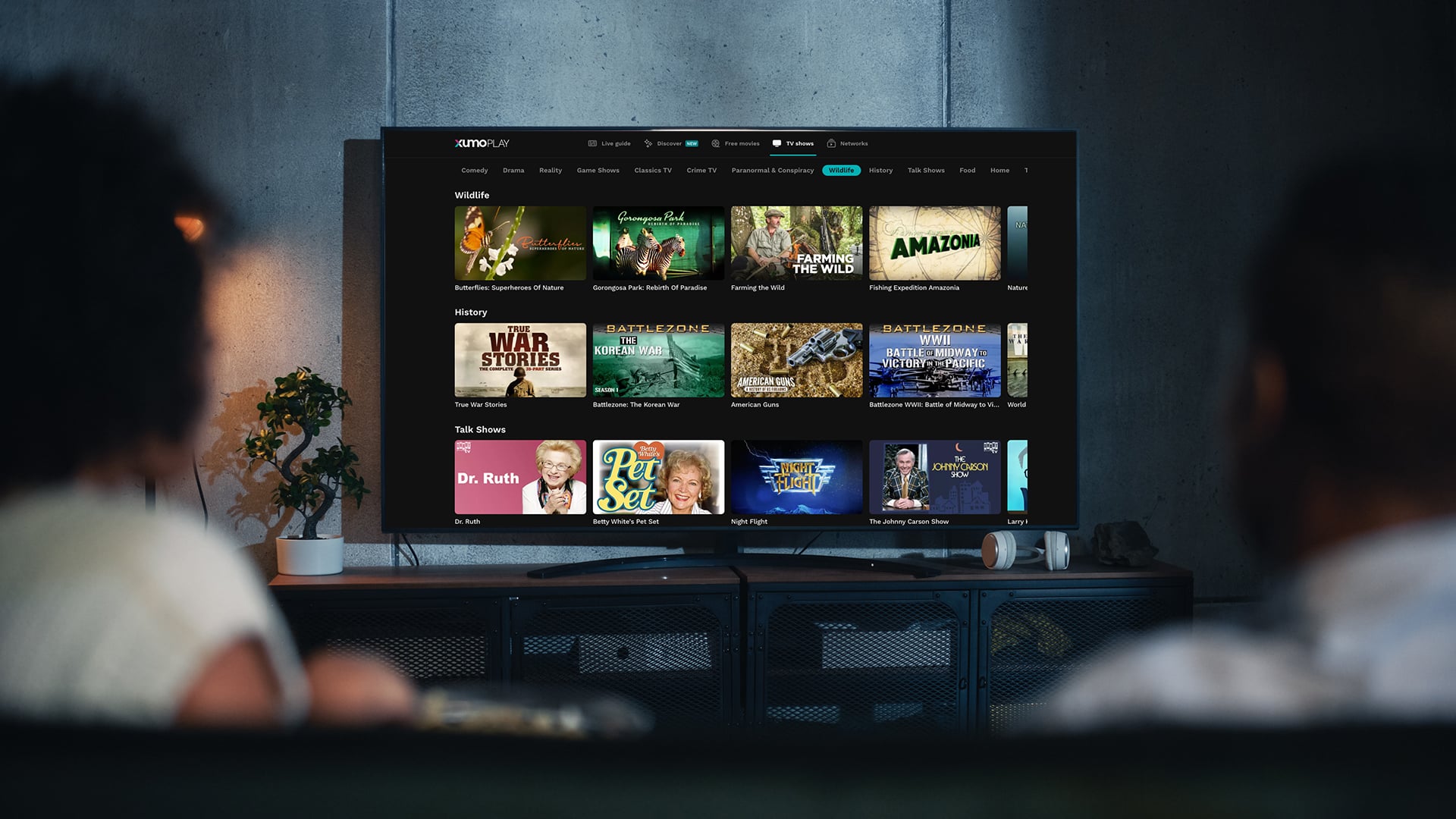Not known Details About Apollo Group Tv
Not known Details About Apollo Group Tv
Blog Article
An Unbiased View of Apollo Group Tv
Table of ContentsSome Known Details About Apollo Group Tv Apollo Group Tv for BeginnersThe Buzz on Apollo Group Tv7 Simple Techniques For Apollo Group Tv
In this circumstance, as opposed to having three-minute commercial areas throughout a 30-minute tv program, television programming may alter to one where a consumer will certainly be called for to have a regular monthly registration, so that they cen view targeted banner ads. This sort of advertising and marketing already occurs online, and the quantity of information tv companies collect enables them to do much the very same.Define the significant patterns among the broadcasting and cable television networks. Popular radio shows such as police dramatization Dragnet and western cowboy collection Gunsmoke were adapted for television, and new Television programs were sponsored by single marketers, simply as radio programs had been.
Today, the television sector is much much more complicated. Programs are sponsored by multiple marketers; shows is managed by major media empires; and the 3 major networks no more control the airwaves however instead share their customers with many wire networks. Several factors make up these patterns within the industry, consisting of technological advancements, federal government guidelines, and the development of new networks.

Apollo Group Tv Things To Know Before You Get This
Established in 1969, (PBS) created out of a report by the Carnegie Compensation on Educational Tv, which analyzed the duty of educational, noncommercial television on culture. Public tv was also meant to give universal access to tv for audiences in country locations or visitors who can not afford to pay for personal tv solutions.
The duration in between 1950 and 1970 is historically recognized as the. Apart from a tiny portion of airtime controlled by public television, the three major networks (referred to as the Big 3) controlled the tv industry, collectively representing even more than 95 percent of prime-time watching. In 1986, Rupert Murdoch, the head of international firm Information Corp, released the Fox network, testing the dominance of the Big Three.
Targeting young and minority audiences with shows such as Buffy the Vampire Slayer, Moesha, Dawson's Creek, and The Wayans Bros., the new networks wanted to draw stations far from their old network associations. Rather than repeating the success of Fox, UPN and WB had a hard time to make an influence. Not able to bring in lots of associate terminals, both recently established networks got to less homes than their larger opponents due to the fact that they were impossible in some smaller sized cities.
This decision led the way for the address growth of cable television flick channels, adding to the rapid growth of cable television in the 1980s and 1990s. apollo tv group. Additional deregulation of wire in the 1984 Cord Communications Policy Act got rid of restrictions on cable television rates, making it possible for drivers to bill what they desired for cable television services as long as there was effective competitors to the solution (a criterion that over 90 percent of all cable television markets could fulfill)
The 9-Minute Rule for Apollo Group Tv

Having created the very first "superstation," Turner increased his world by establishing 24-hour information network CNN in 1980. At the end of the year, 28 nationwide shows solutions were available, and the cable television transformation had begun. Over the following years, the market undertook a duration of quick development and appeal, and by 1994 visitors could select from 94 basic and 20 premium cable television services.
Figure 9 - https://apollo-group-tv-3.jimdosite.com/.16 Increased competitors from wire channels has actually caused a consistent decline in the networks' audience rankings. During the 1950s, the expense of generating a single television program boosted as programs became longer and manufacturing expenses skyrocketed. Sponsorship on network television changed from solitary sponsorship, in which a program was entirely supported and created by one marketer, to several sponsorship, in which marketers purchased 1- or 2-minute areas on the program
Select one of the Big Four networks and publish out its regular programs routine. Enjoy the network's prime-time programs over the training course of a week, keeping in mind the target group for each program.
Not known Facts About Apollo Group Tv

Linear television, typically described as conventional program television, encompasses cord and satellite tv. It's called "linear" since web content follows a fixed programming schedule, unlike on-demand web content which the specific audience chooses to watch based on their very own choices and timetable. So, when you ask, "What is straight TV?", think about it as the timeless method of seeing TV that has been around for years.
Report this page